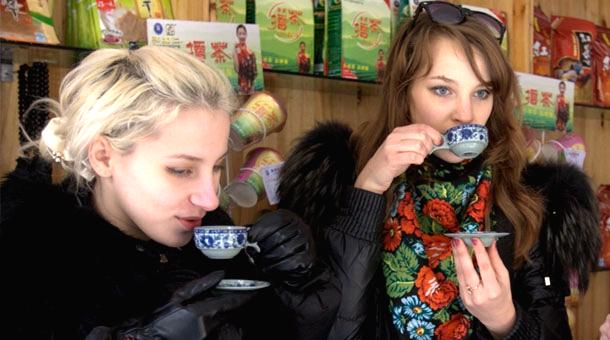| Special Hakka Cuisine & Native Tea Ceremony | |
|---|---|
| Oct 30, 2012 04:01 | |
 | Hakka cuisine is the cooking style of the Hakka people who are primarily found in southeastern China (Guangdong and Fujian), but also may be found in many other parts of China, as well as in the Chinese diaspora. Hongkong, Malaysia and Singapore have numerous restaurants serving Hakka cuisine. In a nutshell, the salty Hakka cuisine can be attributed to environmental influences. Early hakka migrants in Taiwan worked hard and sweated a lot to open up new land for farming. To make up for the huge loss of salt content in body, they added more salt to food. Besides, food with high salt content preserves longer. These qualities meet the thrifty and hardworking nature of the Hakkas. Fujian Province takes an important position in China to produce all the five categories of tea-black, green tea, and oolong, white and scented tea. Wuyi Cassia Tea (Rougui or Yugui in Chinese) is so named because it is similar to cassia in both aroma and flavor. According to documents, the name appeared as early as in Qing Dynasty. It is a kind of oolong featuring fresh leaves from high quality tea plants, and a highly aromatic breed among Wuyi Rock-essence Tea that is processed in the same way as other breeds are produced. The Wuyi Cassia Tea is regularly curly in strips with glossy brownish green color. The dry tea smells sweet, which gives out a creamy, fruity and cassia-like aroma after steeped. It tastes mellow with sweet aftertaste. The liquid takes on a clear orange yellow color, with the leaves evenly spread with light green bottom and red edge. It can still retain the cassia aroma after added with water for six or seven times.  |
Post a Reply to: Special Hakka Cuisine & Native Tea Ceremony





 Copyright © 1998-2025 All rights reserved.
Copyright © 1998-2025 All rights reserved.